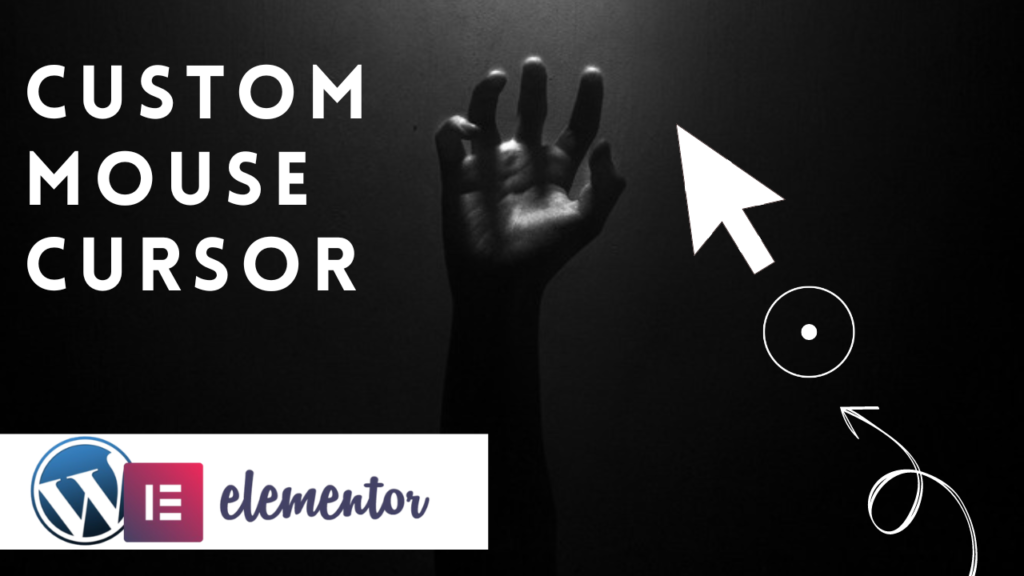Call Anytime 24/7
Mail Us For Support
info@Softwebplanet.com
Office Address
1st 111 DHA Raya Phase 6 Lahore
Innovative IT Solutions for a Smarter Future
Office Hours: 08:00am-6:00pm
Call Anytime 24/7
Mail Us For Support
Office Address
In today’s digital age, enhancing user experience is crucial for making your website stand out. One simple yet effective way to engage visitors is by adding custom cursor effects to your WordPress website. If you’re using Elementor, you’re in luck! This powerful page builder allows you to implement unique cursor effects without needing advanced coding skills. Let’s dive into how you can easily create and customize cursor effects using Elementor.
Custom cursors are more than just a visual tweak. They improve user interaction by:
Before we begin, ensure you have Elementor installed and activated on your WordPress website. You can use either the free or pro version, but certain advanced features like custom CSS are more accessible with the Pro version.
While Elementor allows CSS modifications in its Pro version, if you’re using the free version, you can install a custom CSS plugin like Simple Custom CSS to apply code snippets.
Before applying the custom cursor effect, you need to design the cursor image or animation. You can create your custom cursor using design tools like Photoshop or Figma, or download pre-designed cursors from free resources.
Ensure the cursor is either in PNG (for static images) or SVG format (for vector-based designs).
Now it’s time to apply your custom cursor. Elementor allows you to add custom CSS to individual sections or the entire page.
selector {
cursor: url(‘YOUR-CURSOR-IMAGE-URL’), auto;
}
Replace 'YOUR-CURSOR-IMAGE-URL' with the URL of the image you uploaded earlier. The auto in the code ensures the fallback cursor (default) is used if the custom cursor isn’t supported.
If you want to add animations or transitions to your cursor, you can do that with some additional CSS. For instance, to create a hover effect or animation, you can use CSS keyframes:
selector:hover {
cursor: url(‘YOUR-HOVER-CURSOR-IMAGE-URL’), auto;
}
selector {
transition: transform 0.2s ease-in-out;
}
selector:hover {
transform: scale(1.2);
}
This snippet creates a cursor that grows slightly when you hover over specific elements.
Once you’re satisfied with your custom cursor effect, click Update to save the changes.
Adding custom cursor effects is a fun and engaging way to boost the interactivity of your WordPress site. With Elementor’s flexibility and the ability to apply custom CSS, creating a personalized user experience has never been easier. Follow these steps, and you’ll have a unique cursor that aligns with your brand identity and enhances the overall website aesthetic.
1. Can I use custom cursors on specific sections only?
Yes, with Elementor, you can apply custom cursors to individual sections or widgets by adding CSS directly to the desired section.
2. Do custom cursors affect website performance?
Generally, custom cursors do not significantly impact performance, especially if the image file size is optimized.
3. Will the custom cursor work on mobile devices?
Not all mobile devices support custom cursors, so it’s best to test across different devices and platforms.
By following these steps, you’ll be able to easily create and integrate a custom cursor effect using Elementor, making your WordPress site more interactive and visually appealing.

WhatsApp us